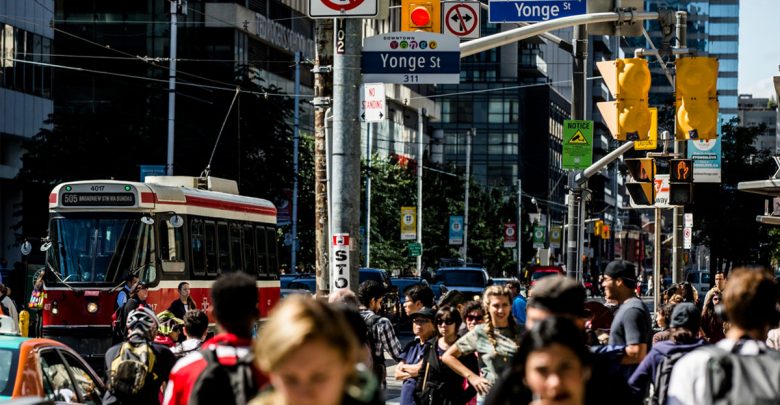 supplied
suppliedFor some students in Ontario, the risk of not being able to fulfill their academic dreams is now more real than ever.
The Progressive Conservative (PC) government of Ontario has eliminated the Ontario Student Assistance Plan (OSAP), which had granted free tuition for low-income students. Their reason for doing so? They claimed that costs for the program could reach $2 billion by the year 2020-21, an unsustainable number
Instead, the Tories are slashing tuition by 10
Along with the reduction of tuition costs, the PCs have introduced the Student Choice Initiative, which will allow Ontario students the choice to opt-out of students fees of their choice, save for a few mandatory ones.
From an affordability standpoint, this might seem like a good idea, considering
However, Nour Alideeb, a chairperson for the Canadian Federation of Students Ontario, argues that being able to opt out of payment for certain fees is a “direct attack on the groups that actually try to hold the government accountable when it comes to student issues.”
Again, putting this in the context of U of
Beyond service cuts, it’s also important to understand that the loss of OSAP will seriously harm low-income students. In September 2017, OSAP guaranteed the coverage of tuition fees for one in four students. A 10
From their outside perspective, it’s easy for the government to decide, to cut OSAP and make student fees optional. This brings up questions about priority.
Who and what does the government prioritize? It’s evident that it’s not students. What the Tories need to understand is that cutting grants to deal with their deficit isn’t the solution. They’re merely fixing one problem by creating many more.
Through cutting student grants and replacing them with tuition cuts, as well as making student union fees optional, the Ontario government will cause serious complications for universities funding, postsecondary access for low-income students, and student bodies being able to hold their institutions to account.
Governments shouldn’t be allowed to make life-altering decisions without taking into account the realities of student life first.




